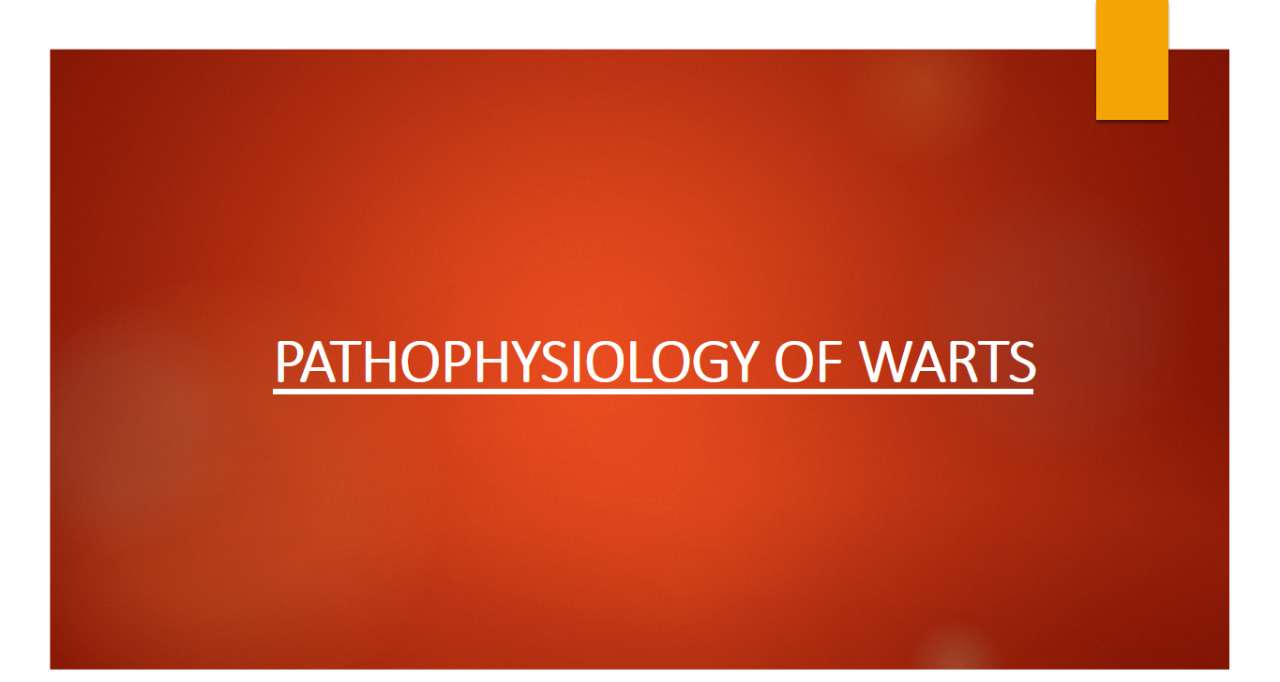Introduction-
They are noncancerous rough elevations on the skin. Causative agent are human papillomavirus (HPV) when enters the skin through cut or break and thus causes infections.
Symptoms-
Mostly they are asymptomatic but sometimes they may cause pain(in soles), itching, tightness, etc. Some have small black or brownish dots caused by clotted blood in the skin.
Types of warts include–
1)Plantar warts
Site- ankles and soles of the feet, bottom of the feet and toes (verruca), back of the hands, the fingers, the skin around the nails, etc., When at soles of the feet they do not grow outward like other warts instead pushed inward when we stand or walk which induces pain or tenderness due to continuous pressure.
Size- pinhead to the size of a pea.
Appearance- Hard (rough and scaly to the touch).
2)Flat warts–
Site- face, particularly on the forehead and cheeks, hands, lower arms, etc.
Appearance- small, slightly raised, light brown in color.
Size- often few mm wide.
3)Mosaic warts –
Site- Base of toes, balls of feet (sometimes to entire sole of the foot).
Appearance– White, flatter, rarely causes pain.
Size- like a pinhead most of the time.
4)Filiform warts –
Site- face
Appearance- spiky thread-like which looks like tiny brushes which are most visible to others and aesthetically concerned although they are asymptomatic most of the time.
5)Genital warts –
Site- genital area(sexually transmitted).
Appearance- small hard nodules with rough surfaces most of the time.
Etiology & spread –
Causative agent is human papilloma viruses (HPV)
Contagious through skin contact as well as by touching towels or razors, etc. of already infected person when there is any injured skin can also be the method of spread.
Risk factors –
1) Meat production and processing industry personnel.
2) Communal showers in case of sports, etc.
3) Contact with already infected family members or classmates, etc.
4) Immunodeficient individuals are also at high risk of infection.
Prevalence –
Warts are very common, especially among children and teenagers than older age groups.
Warts are almost always harmless for people with a healthy immune system but it can be much more troublesome for immunodeficient people .
Prevention-
It involves prevention of spread to others as well as to other parts of the own body, it can be done by following ways-
1)Waterproof bandage over wart while using communal shower or swimming.
2)Do not share towels, shoes, gloves or socks with other members of family if there is any infection or with classmates.
3)Avoid going barefoot at swimming pools or public baths, etc.
4)Do not touch, scratch or pick warts on your body unnecessarily and also wash hands everytime after touching them.
5) Personal hygiene should be maintained and do not share toiletry items of other people.
Treatment-
Most of the time they go away on their own after a few weeks or months but sometimes it can be longer. They can be bothersome and unattractive if they are on face or neck , etc., also in case of genital warts or in an immunodeficient individuals it needs to be taken care of by following two most common ways as follows-
Two main treatments are used for warts-
1)Salicylic acid solution– It is applied over warts according to physician multiple times topically a day. It may cause skin irritation, but it is usually well tolerated in most of the individuals.
2)Cryotherapy– Method involved is freezing the wart by applying liquid nitrogen by dermatologists in multiple sittings as per the case.
Both of these treatments are generally effective, but don’t always get every last wart. Plus, sometimes viruses might remain in the skin after treatment which leads to recurrence so best way is to prevent the infection than treatment in cases of warts.
HAPPY HEALING
Contributor- Dr. Apurva Varangi





Thanks for sharing